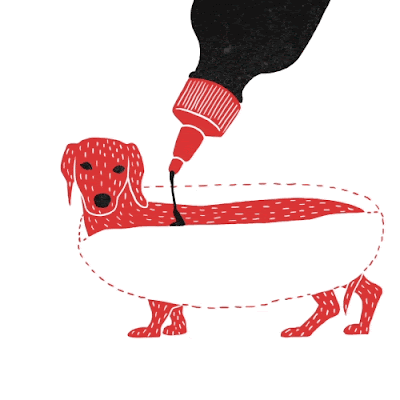元宵節的所有英文一網打盡,從賞燈、吃湯圓、踩高蹺、猜燈謎到舞龍舞獅,全部都學起來!Everything You Need to Know about the Lantern Festival
元宵節可別只顧著吃湯圓(當心熱量!),相關字彙也來一點吧!
Everything You Need to Know about the Lantern Festival
Falling on the 15th day of the first lunar month, the Lantern Festival is the first significant festival after Spring Festival春節, so called because the most important activity during the night of the event is watching lanterns. And because every household eats yuanxiao元宵 (a rice ball stuffed with different fillings餡料) on that day, it is called Yuan Xiao Festival. For its rich and colorful activities, it is regarded as the most recreational among all the Chinese festivals是所有中國節慶中最好玩的一個 and a festival for appreciating the bright full moon賞月, and family reunion.
Customs and Activities:
Watching Lanterns賞燈
One of the important activities of the event is watching lanterns. During the Han Dynasty (206 BC - 220 AD), Buddhism flourished in China漢朝時佛教興盛. So, to popularize Buddhism為了推廣佛教, one of the emperors gave the order to light lanterns in the imperial palace to worship and show respect for Buddha on the 15th day of the first lunar month當時其中一個皇帝下令初十五晚間燃燈禮佛. During the Tang (618 - 907), Song (960 - 1279), Ming (1368 - 1644), and Qing (1644 - 1911) dynasties, lighting lanterns became a tradition for Chinese people這種習俗一直延續到後面幾個朝代(唐宋明清).
Today, when the Lantern Festival comes, red lanterns can be seen in the street, in each house, and in stores. In the parks, lanterns of various shapes and types attract countless visitors. Visitors marvel that驚訝/讚嘆 various lanterns so vividly demonstrate traditional Chinese folklore.
Guessing Lantern Riddles猜燈謎
Folk Dances: Lion Dance舞獅and Walking on Stilts踩高翹
Derived from the Three Kingdoms Period (220-280)三國時期, the lion dance is an excellent traditional art that adds infinite fun無窮樂趣 to any celebration including the Lantern Festival. Two performing types have formed during its long development. In northern China, the lion dance focuses on skills, and in the south, the lion dance pays more attention to animal resemblance. Under the guidance of a director, the lions sometimes jump, leap, and do difficult acts such as walking on stilts.
Because the acting is always amusing, spectators觀賞民眾 enjoy it very much. According to ancient custom, the lion is a symbol of boldness and strength that can protect people, so by performing the lion dance, everyone prays for an auspicious吉祥 and happy life.
Walking on stilts,踩著高蹺 another folk art, traces its origins to the Spring and Autumn period (770BC - 476BC)春秋時代. Performers not only walk on stilts by binding them to their feet but also do some breathtakingly difficult moves. As actors impersonate模仿 different characters like monks, clowns, and fishermen and perform vivid生動 and humorous acts, the art amuses many people.
Eating Yuanxiao 吃元宵











留言
張貼留言